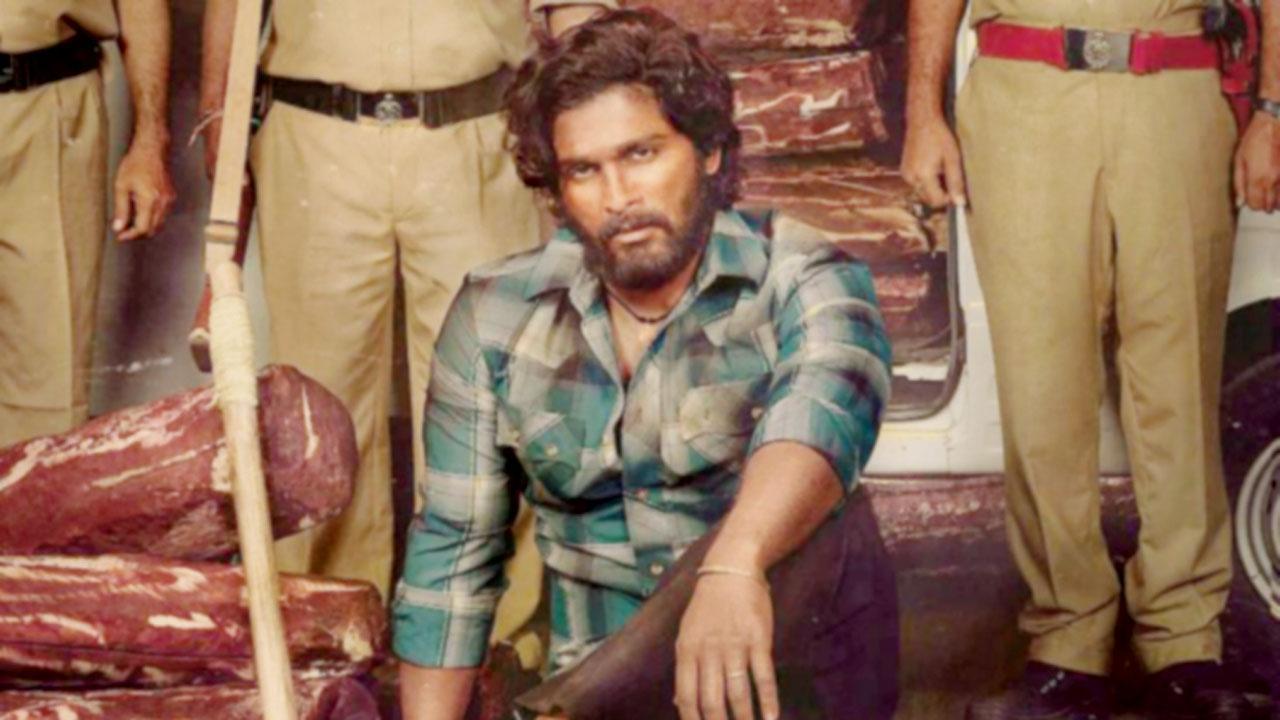I hate tears, Pushpa; so do you!
Updated On: 29 December, 2021 07:30 AM IST | Mumbai | Mayank Shekhar
Lights, camera, action, ‘emoshaan’: South/North/West, why must region matter, when language doesn’t?
Listen to this article :

A still from the Telugu film, Pushpa, starring Allu Arjun
 Having been to one of politician T Subbarami Reddy’s phoney film awards in Hyderabad once, I was first-hand aware of the excessive stardom heaped on Telugu superheroes, with star after star added to their names—Power Star (Pawan Kalyan), Mega Power Star (Ram Charan), Energetic Star (Ram), Natural Star (Nani), Lovely Rock Star (Aadi)...
Having been to one of politician T Subbarami Reddy’s phoney film awards in Hyderabad once, I was first-hand aware of the excessive stardom heaped on Telugu superheroes, with star after star added to their names—Power Star (Pawan Kalyan), Mega Power Star (Ram Charan), Energetic Star (Ram), Natural Star (Nani), Lovely Rock Star (Aadi)...
This was around 2011, when Allu Arjun (Stylish Star) had come over to visit me in my office. His Hyderabad colleague Rana Daggubati had then made Bollywood debut with Dum Maaro Dum.
Read Next Story




